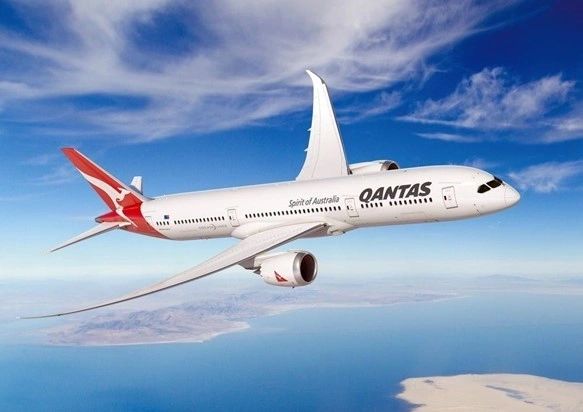
Photo credit: Qantas
The Qantas Group has announced several changes to its fleet strategy to speed up the process of restoring capacity and better serve the strong demand from leisure travel, resource, and domestic freight market.
The Group has placed definite orders with Airbus for 12 widebody aircraft in addition to the purchase right options and orders for up to 299 narrowbody aircraft announced last year.
Four of those aircraft have already been delivered, and nine more are expected to arrive this year, together with three Boeing 787s, rolling delays of up to six months for additional aircraft are predicted over the following couple of years due to global supply chain issues.
To mitigate these delays, the decision to buy six mid-life A320-family aircraft for freight and resource customers is fundamental to the changes announced today. After the delayed aircraft are delivered, the Group can retire or keep the aircraft they were initially planned to replace, depending on market conditions.
In summary, the changes are as follows:
- Five mid-lives A319/320 aircraft to support the growth of the resources market in Western Australia for delivery in FY24.
- Three additional mid-life A321P2F aircraft to accelerate the renewal of Qantas Freight fleet for delivery in FY25 and FY26.
- Two additional A320s for Jetstar Asia as demand across Asia rebounds for delivery in the mid-calendar year 2023. This will bring its total fleet size back up to nine aircraft.
- Options for up to 12 additional E190 aircraft to be wet-leased from Alliance Airlines to provide increased capacity and network connectivity in the domestic market.
- Exercising nine existing purchase right options for A220 aircraft for delivery in FY26 and FY27 as part of the ‘Project Winton’ deal with Airbus.
The increase in Qantas’ capital expenditure for Fiscal Years 23 and 24 reported in the Group’s first half 2023 results last week includes a portion that will be used to pay for the acquisition of new aircraft.
“We’re at the beginning of a big overhaul of the Qantas Group fleet that will unlock many benefits,” said Alan Joyce, CEO of Qantas Group. The aircraft we have on order will help us reduce emissions, expand our service area, add jobs, and better meet the needs of our customers.
“Aircraft manufacturers see the same supply chain delays as many other industries, and we’ve been told that some of our deliveries will be pushed back by up to six months.
“When you combine the delays with the sustained growth in travel demand that we’re seeing, we need to find other ways to lift capacity in the short and medium term.
“Wet leasing more aircraft from Alliance Airlines will provide a very rapid injection of extra capacity domestically, but with plenty of flexibility to adjust that over time depending on what is happening in the market.
“The arrival of new narrowbody aircraft into Jetstar, in particular, was creating a pipeline for existing aircraft to be used for freight and resources markets. Given that the new planes are delayed, we’ll buy several second-hand A319/320s to ensure we can still meet customer demand.
“Jetstar Asia shrank during the pandemic, but with travel in Asia rebounding, now is the right time to return two aircraft.
“We’re fortunate to have the scale and the balance sheet to make these decisions, as well as a lot of flexibility in our fleet plan to make adjustments as needed.”
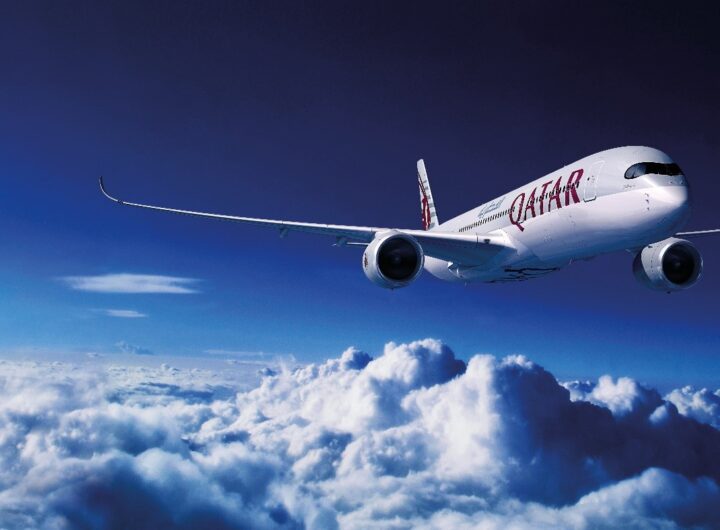 Qatar Airways Resumes Flights To Malta: Enhancing International Connectivity
Qatar Airways Resumes Flights To Malta: Enhancing International Connectivity 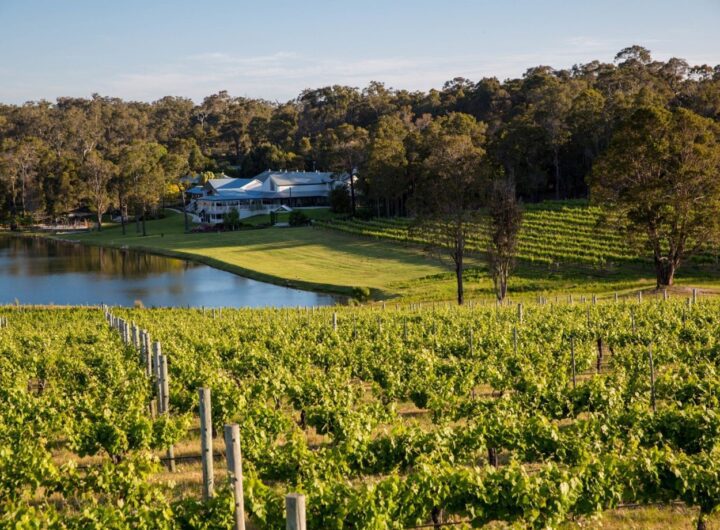 From Vineyards to Coastlines: The Allure of Margaret River
From Vineyards to Coastlines: The Allure of Margaret River 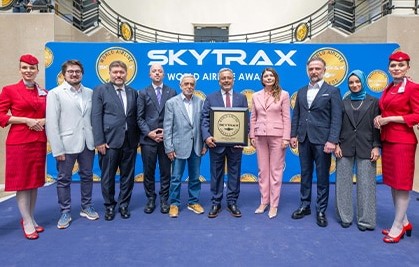 Turkish Airlines Crowned Best Airline in Europe for the Tenth Time
Turkish Airlines Crowned Best Airline in Europe for the Tenth Time  A Trip to Christmas Island: Australia’s Hidden Oasis in the Indian Ocean
A Trip to Christmas Island: Australia’s Hidden Oasis in the Indian Ocean 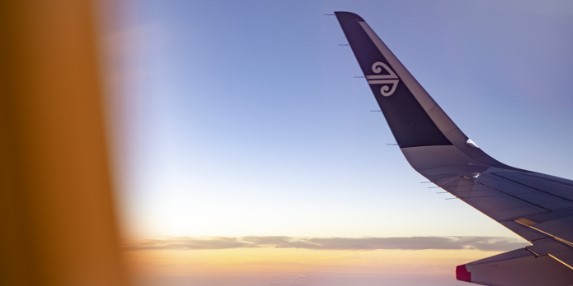 Taking on the Tasman: Air New Zealand Unleashes 1.7 Million Seats for Summer
Taking on the Tasman: Air New Zealand Unleashes 1.7 Million Seats for Summer  Cape to Cape Track: Australia’s Most Beautiful Coastal Walk
Cape to Cape Track: Australia’s Most Beautiful Coastal Walk  Viking Cruises Unveils 14 New Ocean Itineraries for 2026 & 2027
Viking Cruises Unveils 14 New Ocean Itineraries for 2026 & 2027 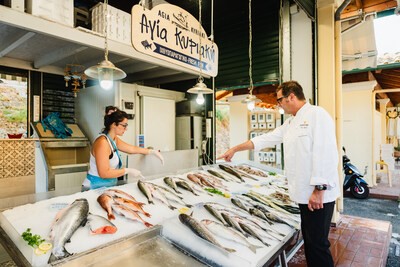 Seabourn Elevates Onboard Dining with New Menus and Local Flavours
Seabourn Elevates Onboard Dining with New Menus and Local Flavours 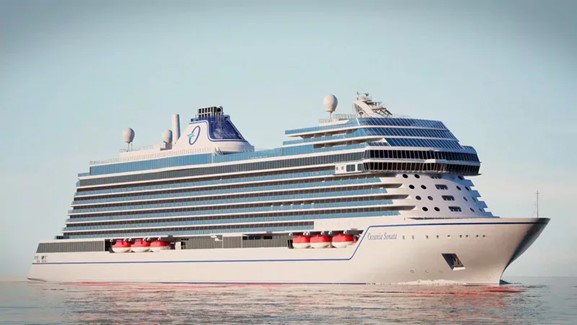 Oceania Cruises Marks a New Era with the Construction of the First Sonata Class Ship
Oceania Cruises Marks a New Era with the Construction of the First Sonata Class Ship 